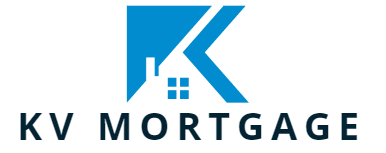Refinance
Refinance Options and Process
Refinancing is often used to lower your interest rate. If rates have dropped since you last financed your home, you may want to consider refinancing. Other common reasons to refinance include paying off a balloon payment, converting an adjustable rate loan to a fixed rate loan or to extract cash equity in your home (cash out). A few reasons for cashing out include: home improvement, an education fund, and consolidating debt.
Another way to convert equity in your home to cash is a “home equity” loan. A “home equity” loan is an alternative to refinancing if your home loan has a very low rate compared to current interest rates or if you have a prepayment penalty on your loan.
Benefits:
- Reduce Your Interest Rate
- Cash Out Equity for Home Improvements
- Consolidate Debt
- Lower Monthly Payments
To Refinance You’ll Need:
- Current Appraisal and Analysis
- Verification of Assets and Income
Paperwork Needed:
To apply for a loan, you will have to provide the lender with detailed documentation of your financial history. The lender will request a credit report from a credit agency and will verify the information provided in your loan application. Be prepared to provide:
- Social Security numbers for both you and any co-borrowers
- Copies of checking and savings accounts statements for the past two months
- Evidence of any other assets such as bonds, stocks, or money saved in retirement programs (i.e. 401k or 403b program)
- Recent paycheck stubs
- W-2 withholding forms, or income tax returns for the past two years to verify your income and proof of employment
- The name and address of someone who can verify your employment
- Residence history for the past two years
- Sales contract for the purchase of a new home
- Homeowner’s association information with contact information if property is a condo or part of a homeowner’s association
